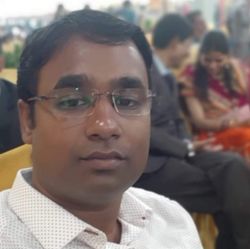

The Indian Constitution came into effect on 26 January 1950. It is the lengthiest constitution in the world.
At the time of independence India was not only a large and diverse country but also a completely scattered one. Under the circumstances an elaborate carefully drafted Constitution was necessary for the unity and progress of the nation
The Indian Constitution was framed between December 1946 and November 1949, during this time each and every clause of the Constitution was discussed in the consistent assembly of India. All in all 11 session of constituent assembly was held and 165 sitting took place.
During the session different committees are sub committee carried out the work of revising and refining the drafts.
The member of the constitution assembly were elected on the basis of the provincial election of 1946. Except the members sent by the provinces of the British India representative of princely state were also included in the constitution assembly because this state join the Union of India one by one.
Congress in itself was a quite broad front that is why it number had quite different views some of them were atheist and secularists and some of them were technically Congress number.
The discussion within the constituent assembly was also influenced by the public opinion, the argument of different sections and was published in the newspaper and there was a public debate on the proposal.
Total of 300 members were there in constituent assembly 6 out of them play a very important role.
Out of these three are from Congress - ‘Jawaharlal Nehru’ ‘Vallabhbhai Patel’ and ‘Rajendra Prasad’ .
Except these three members of Congress famous lawyer and economict Doctor BR Ambedkar play a great role in the constituent assembl. He served as a chairman of drafting committee of the constitution.
Twoother lawyer were also working with him and they were K.M Munshi from Gujarat and dr. krishnaswami Ayyar from Madras.
The constituent assembly was thought to be as a medium of Express the aspirations of those who participate in the freedom struggle.
The ideals of the democracy equality and Justice had become associated with social struggle in India since the 19th Century. Support of social reformer for the opposition of child marriage and support for widow remarriage was motivated by the idol of Social Justice.
This shows the great contribution of constituent assembly in the making of constitution and the origin of the Constitution of India








